Educating Sommeliers Worldwide.
By Beverage Trade Network
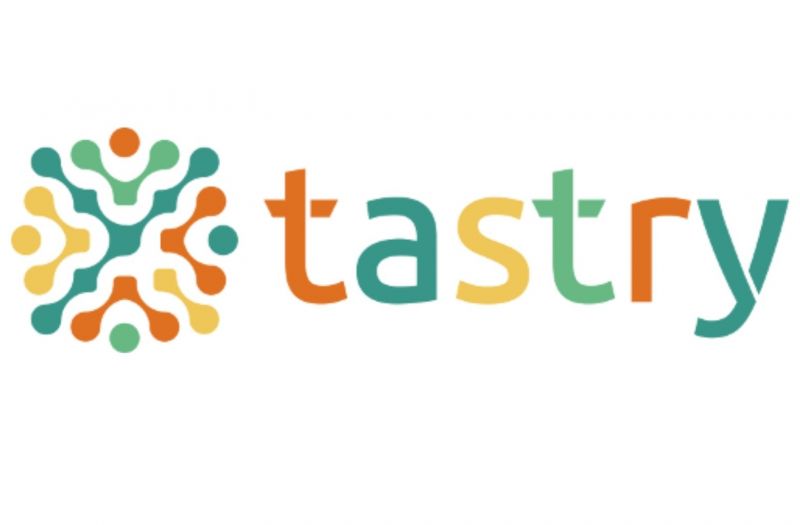
SAN LUIS OBISPO, CALIFORNIA--The Bottlefly Inc. (“Tastry”™), the leading sensory sciences the company focused on understanding the nexus between the human palate and sensory-based products, today announced that the United States Patent and Trademark Office has issued a Notice of Allowance for US Patent Application 15/359,518 (SYSTEMS AND METHODS FOR TRACKING CONSUMER TASTING PREFERENCES).
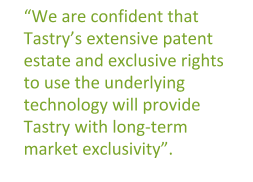 This proprietary technology is beneficial to manufacturers, wholesalers, retailers, and consumers because it decodes the complicated relationship between individual consumer taste preferences and the chemistry of sensory-based products. Tastry has exclusive rights to the patented technology and will be filing a CONTINUING APPLICATION to refine claims which were not the focus of the original filing. “We are confident that Tastry’s extensive patent estate and exclusive rights to use the underlying technology will provide Tastry with long-term market exclusivity”, said CEO, Katerina Axelsson.
This proprietary technology is beneficial to manufacturers, wholesalers, retailers, and consumers because it decodes the complicated relationship between individual consumer taste preferences and the chemistry of sensory-based products. Tastry has exclusive rights to the patented technology and will be filing a CONTINUING APPLICATION to refine claims which were not the focus of the original filing. “We are confident that Tastry’s extensive patent estate and exclusive rights to use the underlying technology will provide Tastry with long-term market exclusivity”, said CEO, Katerina Axelsson.
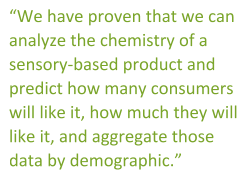 The efficacy of the Tastry technology has been substantiated both in-house and by independent parties and is applicable to many sensory-based products from perfume to cannabis to food, and Tastry’s core technology is the basis for its listing as a 2020 Cool Vendor by Gartner. At its core, the Tastry technology can predict how well a product will match the palate of a specific consumer, or group of consumers, before they try it. In a recent test, Tastry analyzed 125 blind wine samples and predicted the average 5-star rating of each among the U.S. population with 91.8% accuracy, roughly within 1/10 of a point on average.
The efficacy of the Tastry technology has been substantiated both in-house and by independent parties and is applicable to many sensory-based products from perfume to cannabis to food, and Tastry’s core technology is the basis for its listing as a 2020 Cool Vendor by Gartner. At its core, the Tastry technology can predict how well a product will match the palate of a specific consumer, or group of consumers, before they try it. In a recent test, Tastry analyzed 125 blind wine samples and predicted the average 5-star rating of each among the U.S. population with 91.8% accuracy, roughly within 1/10 of a point on average.
“We have proven that we can analyze the chemistry of a sensory-based product and predict how many consumers will like it, how much they will like it, and aggregate those data by demographic,” said Axelsson. “Our first loyalty is to the consumer, for whom recommendations are always free. For manufacturers, we leverage our insights to dramatically reduce time and money spent on focus groups while simultaneously increasing the success rate of new products, it is truly a win-win”, she continued.
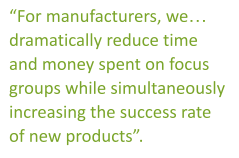 Tastry’s go-to-market strategy focuses on the wine industry where Tastry’s SaaS product CompuBlend™ assists wineries by analyzing various samples of barreled wine and providing recommendations to the winemaker on the blending percentages which will afford the best performing product. “Winemakers can target the aggregate palate profile of the U.S., or they can target Florida, or even the palates of their wine club membership. Whoever the consumer – the winemaker can parameterize the computational blending by myriad variables including style, volume, cost per gallon, vintage consistency, industry rating, and much more”, said Axelsson.
Tastry’s go-to-market strategy focuses on the wine industry where Tastry’s SaaS product CompuBlend™ assists wineries by analyzing various samples of barreled wine and providing recommendations to the winemaker on the blending percentages which will afford the best performing product. “Winemakers can target the aggregate palate profile of the U.S., or they can target Florida, or even the palates of their wine club membership. Whoever the consumer – the winemaker can parameterize the computational blending by myriad variables including style, volume, cost per gallon, vintage consistency, industry rating, and much more”, said Axelsson.
Two Datasets DSP & DFP. The Tastry tech centers around two datasets, the DSP’s (“Differentiated Sensory Profiles, i.e., individual consumer palates) and DFP’s “Differentiated Flavor Profiles”, i.e., the flavor and aroma of a product - also referred to as the “Flavor Matrix” by Tastry. Both sets of data are generated in-house using the proprietary systems and methods invented by Katerina and her team.
DFP - Flavor. Tastry uses automated feature recognition to identify which of the dozens or thousands of compounds, and groups of compounds, in a product are important to the flavor, aroma, texture, and color, and then Tastry implements another AI to understand how those characteristics will be masked or expressed in any particular matrix [product].
DSP - Palates. Tastry then implements another AI which identifies a small number of intuitive sensory questions, based upon the category of product, which can be easily answered by any person. Although outwardly simplistic such as, ‘Do you like the smell of fresh-cut grass?’, in concert they provide a very granular understanding of the likes and dislikes of an individual palate. To date, Tastry technology describes over 1 billion unique human palates.
Matching Consumers to Products. Tastry then plots the two datasets in a single multidimensional space and measures the vector distances between palates and products to generate probable degrees of compatibility. In this way, groups of palates can be aggregated by region, culture, ethnicity, etc. to provide visibility on predicted product performance among subsets of consumers.
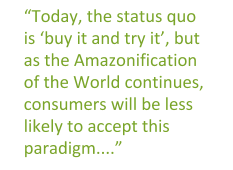 Consumers Benefit. From the consumer’s point of view, it is simple. Answer a few simple questions and get a free recommendation on the products you are most likely to enjoy. “Today, the status quo is ‘buy it and try it’, but as the Ammonification of the World continues, consumers will be less likely to accept this paradigm. In the coming years, consumers will expect to know if they will like a sensory-based product before they buy it, and retailers will be accepting returns on anything they don’t -or they won’t be competitive for long”, said Axelsson.
Consumers Benefit. From the consumer’s point of view, it is simple. Answer a few simple questions and get a free recommendation on the products you are most likely to enjoy. “Today, the status quo is ‘buy it and try it’, but as the Ammonification of the World continues, consumers will be less likely to accept this paradigm. In the coming years, consumers will expect to know if they will like a sensory-based product before they buy it, and retailers will be accepting returns on anything they don’t -or they won’t be competitive for long”, said Axelsson.
● Consumers - True hyper-personalization. What Tastry calls ‘singularization’. Tastry does not bin people into groups or like other recommenders, Tastry can provide truly individual recommendations for over 1 billion unique palates.
● Manufacturers - Comprehensive product analysis. Tastry does not use expert tasters or other subjective and non-scalable analysis. TastryAI evaluates hundreds of thousands of objective data points per product, representing hundreds of volatile and non-volatile compounds, quantified to parts-per-billion, which are responsible for a product's flavors, aromas, textures, and colors.
● Actionable Insight. Tastry is the only technology that can evaluate a palate, or the aggregate of palates, and generate a chemistry fingerprint to granularly guide new product formulation with predictable results.
Tastry™ is a sensory science company based in San Luis Obispo, California. They are a multidisciplinary innovator in the fields of Artificial Intelligence and Analytical Chemistry which leverages hybridized Expert and Content-based Machine Learning and Flavor Chemistry to provide SaaS based Multi-Criteria Recommender and Product Formulation systems. Learn more at Tastry.com.
To the extent any statements made in this release contain information that is not historical, these statements are essentially forward-looking and are subject to risks and uncertainties, including the impact of competitive products and pricing, new product development and launch, reliance on key strategic alliances, availability of additional intellectual property rights, availability of future financing sources, the regulatory environment and other risks the Company may identify from time to time in the future.
Contact
hello@tastry.com
Tastry